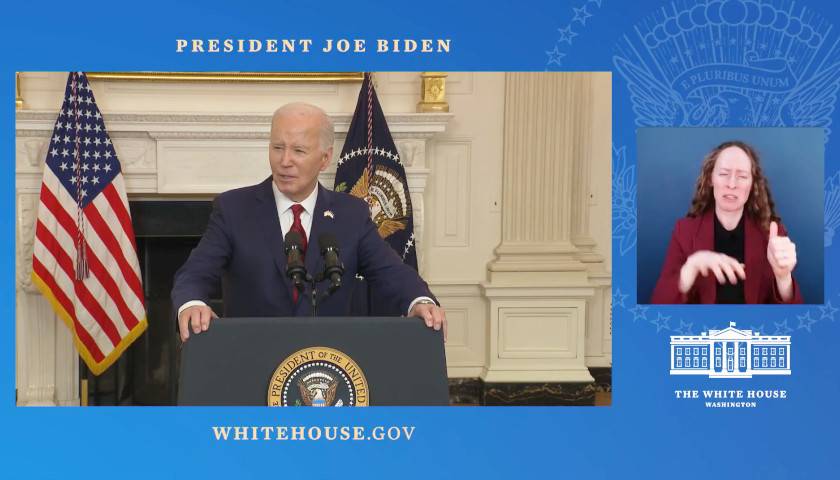by Christian Wade
Connecticut’s embrace of early voting will make it more convenient for millions to cast a ballot, but comes with a hefty price tag for the state and local governments.
That’s according to a new report by the state’s Office of Fiscal Analysis, which determined the move could cost from $6.9 million to $9.2 million over the next several years, depending on how many days of early voting are offered.
“The bill would result in significant labor cost for both municipalities, as well as the state,” the report stated. “Additionally, to implement the bill as described the state would need to acquire additional technology such as centralized voter registration system software updates and to install new lines in any secondary location for early voting.”
Paying for the required upgrades to the state’s voter registration system and funding a public awareness campaign to educate voters would cost anywhere between $3.3 million to $4.8 million, according to the analysis.
The report suggested that in the upcoming fiscal year the cost for the state could range from $1.8 million to $2.3 million, while Connecticut’s 169 cities and towns would have to chip in an estimated $900,000 combined.
In the 2022 elections, Connecticut voters overwhelmingly approved a measure authorizing early voting for state and local elections, but left details of implementing the law up to the state Legislature.
Lawmakers are currently weighing a number of proposals to implement the new law, with plans calling for anywhere from 10 days to two weeks of early voting ahead of state elections.
One proposal that was recently advanced by the Legislature’s Government Administration and Elections Committee doesn’t specify how many days, leaving it up to legislative negotiations.
Most of the proposals would require towns to have at least one early voting station open during the designated early voting period, while big cities will be required to have more.
The OFA’s fiscal analysis suggests that statewide at least 40 new voting stations would need to be set up to accommodate the anticipated demand from early voters.
Secretary of State Stephanie Thomas, who oversees the state’s elections, has urged legislative leaders to offer up at least 10 days of early voting and provide adequate funding for municipalities to implement the program seamlessly.
“It is imperative that any program be fully funded by the state to cover the costs of training materials, staff time, ballots and envelopes, chain of custody storage equipment, municipal technological upgrades, and any other incurred expenses,” she said in a statement.
Thomas’ office produced a report with help from a nonprofit voter advocacy group that suggested four options for the state to consider, with early voting periods ranging from six, nine, 10 and 14 days.
The study by the Center for Election Innovation and Research noted Connecticut is one of only four states that doesn’t offer early voting and found the length of early voting in state general elections ranges from three to 46 days.
While Thomas had called for approving the changes before March 31 to give her office time to prepare for the fall elections, lawmakers have missed the suggested deadline.
House Speaker Matt Ritter, a Democrat, has suggested that implementation of the voter approved law may need to be delayed until next year’s presidential elections.
House Republicans have expressed concerns local governments lack the resources to implement early voting, such as technology upgrades and paying poll workers.
– – –
Christian Wade is a contributor to The Center Square.
Photo “Early Voting” by Ben Schumin. CC BY-SA 3.0.




